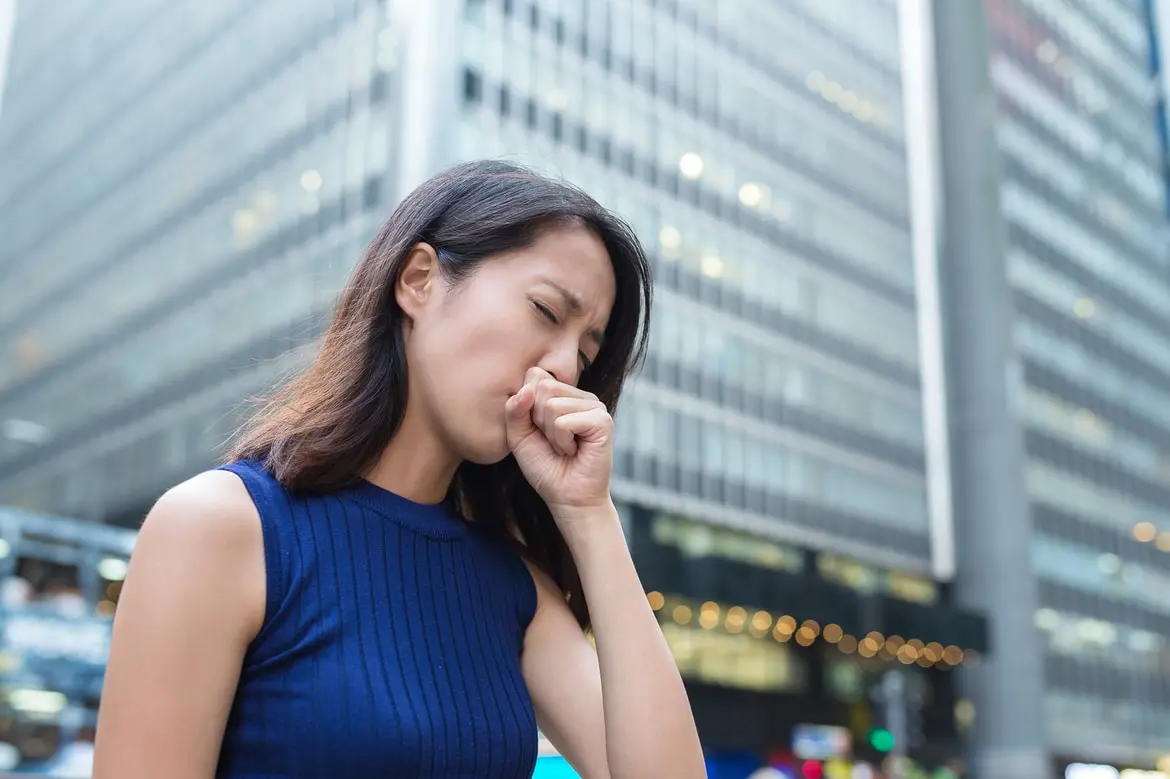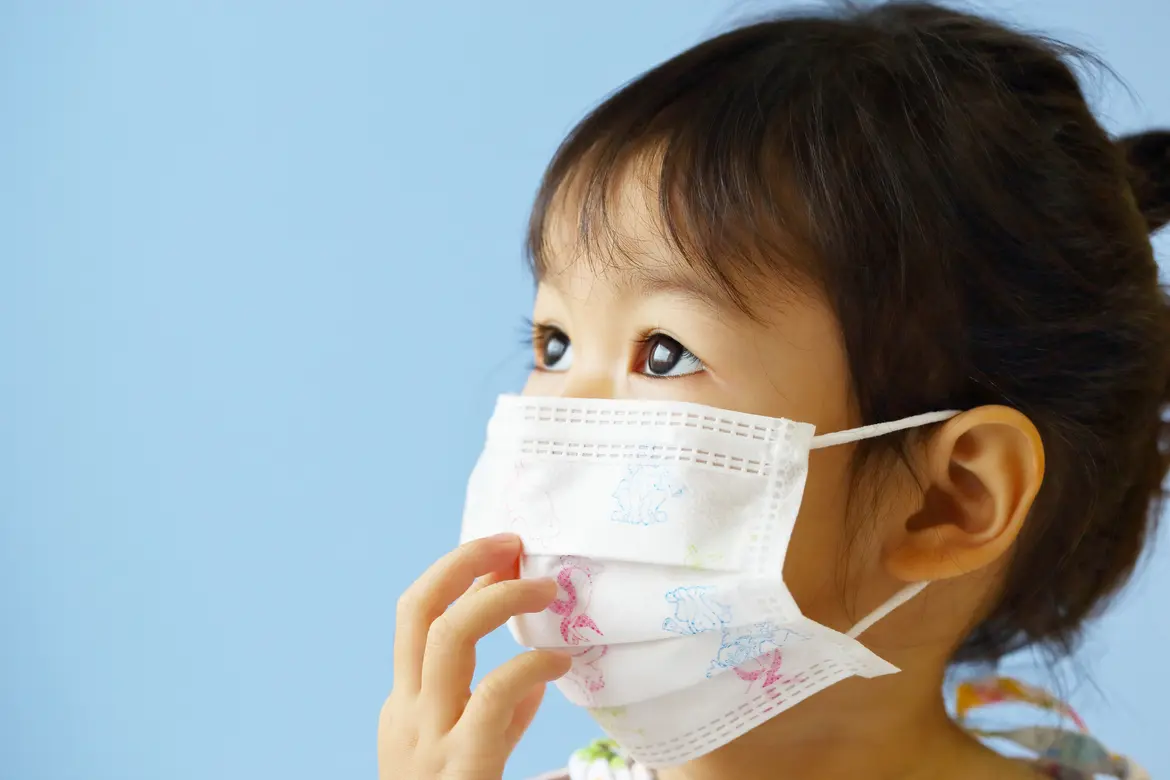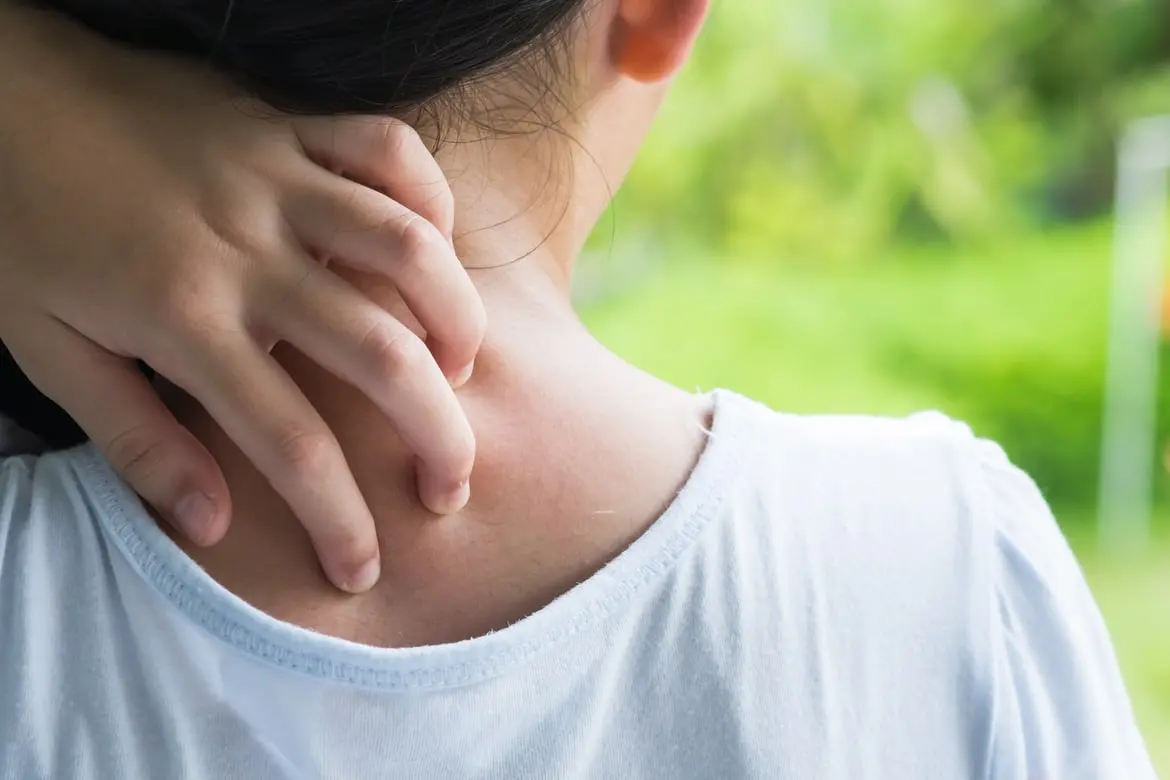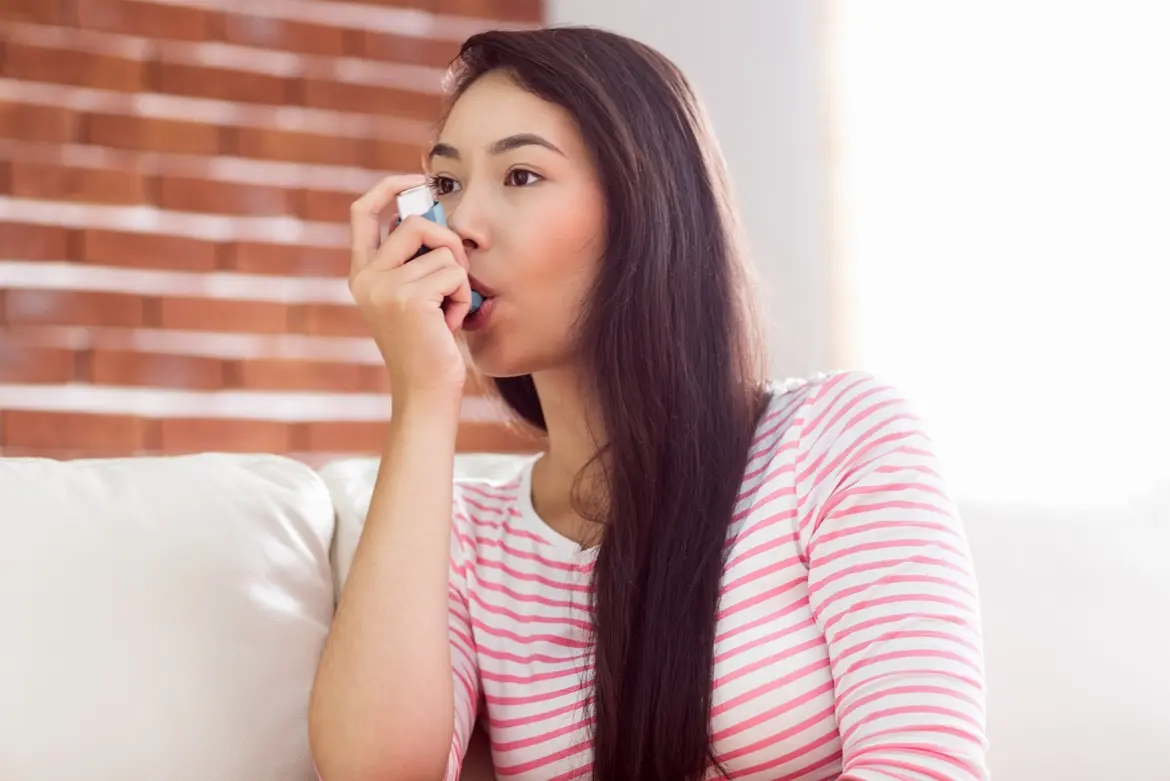According to the World Health Organisation, about 235 million people suffer from asthma. Inhaled substances and particles that may irritate the airways or provoke allergic reactions have long been cited as the top risk factors for developing asthma.
Although the haze situation in our region has been improving over the years, it continues to plague the region yearly, making the air quality issue a very real one. Notably, increased air pollution owing to economic development is another culprit contributing to irritants in the air.
Dr Ong Kian Chung, respiratory physician at Mount Elizabeth Hospital, explains asthma and what to do when someone is having an asthma attack.
What is asthma?
Asthma is a chronic disease caused by inflamed bronchial tubes in the lungs. These inflamed tubes increase the production of sticky secretions within. Hence, asthma patients' airways are often inflamed, tightened or filled with mucus.
Asthma attacks can take place when the airways become more inflamed than usual, thus producing thicker mucus.
How to treat asthma?
Asthma inhalers are commonly used to alleviate symptoms and attacks.
The inhaler delivers anti-inflammatory drugs that can help reduce swelling and mucus production, preventing and alleviating asthma attacks.
How to know someone is having an asthma attack
When you notice the person experiencing:
- Quick, short and shallow breaths
- Incessant coughing
- Clutching chest
- Whistling sound when breathing out
- Pale, sweaty face
- Difficulty talking
- Blue lips or fingernails
How to help someone having an asthma attack
- Remind the person to reach for an inhaler
- Guide the person away from potential asthma triggers
- Help the person to sit upright to ease breathing
- Speak in a soothing manner and calm the person down
- Loosen clothing if it appears to be restricting the person's breaths
- Encourage the person to take long, deep breaths inhaling through the nose and exhaling through the mouth
What if there is no inhaler available?
If there is no inhaler around, call an ambulance immediately. While waiting for the ambulance to arrive, follow the above steps 2 – 6 to alleviate the breathing difficulty.












